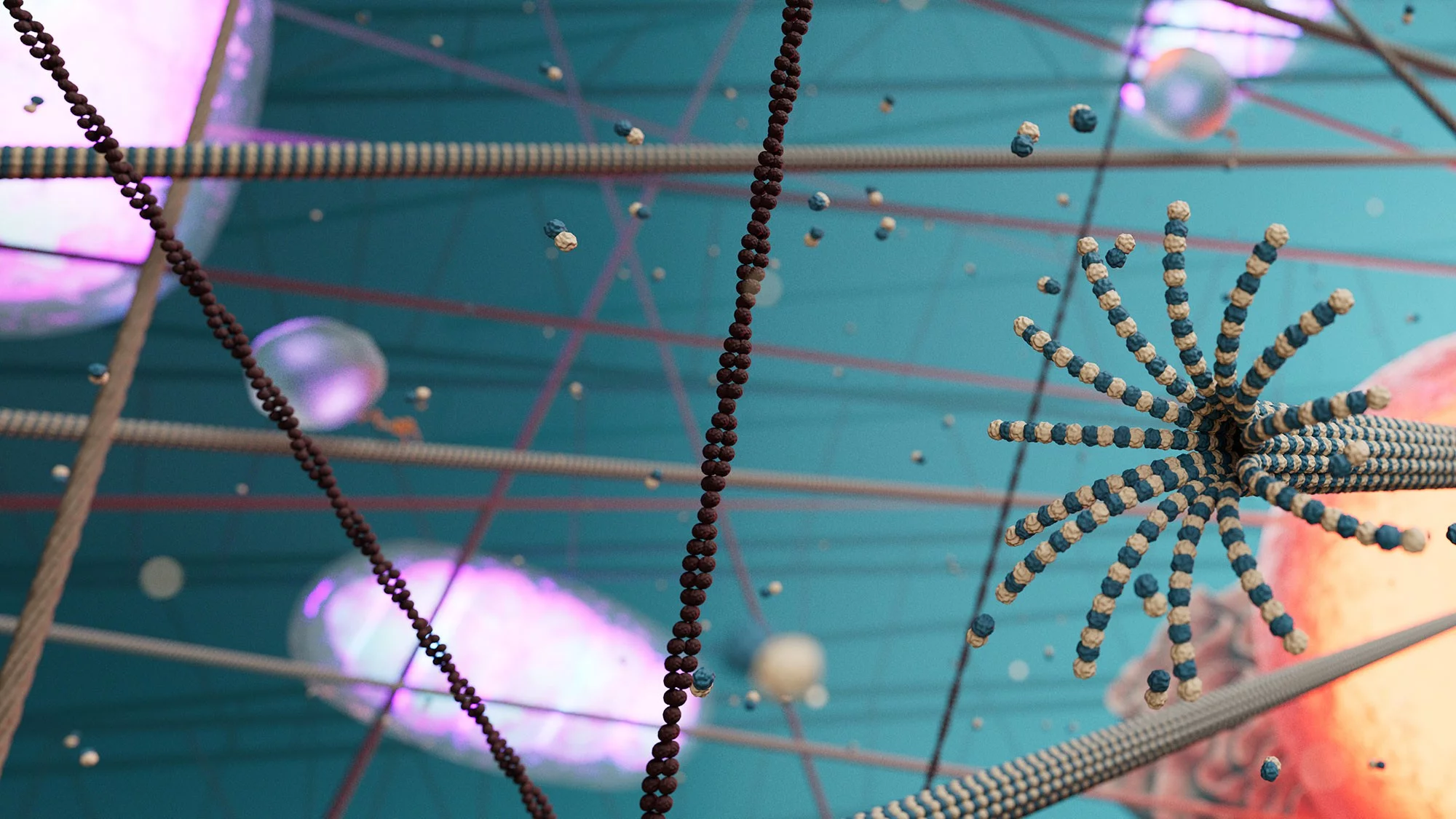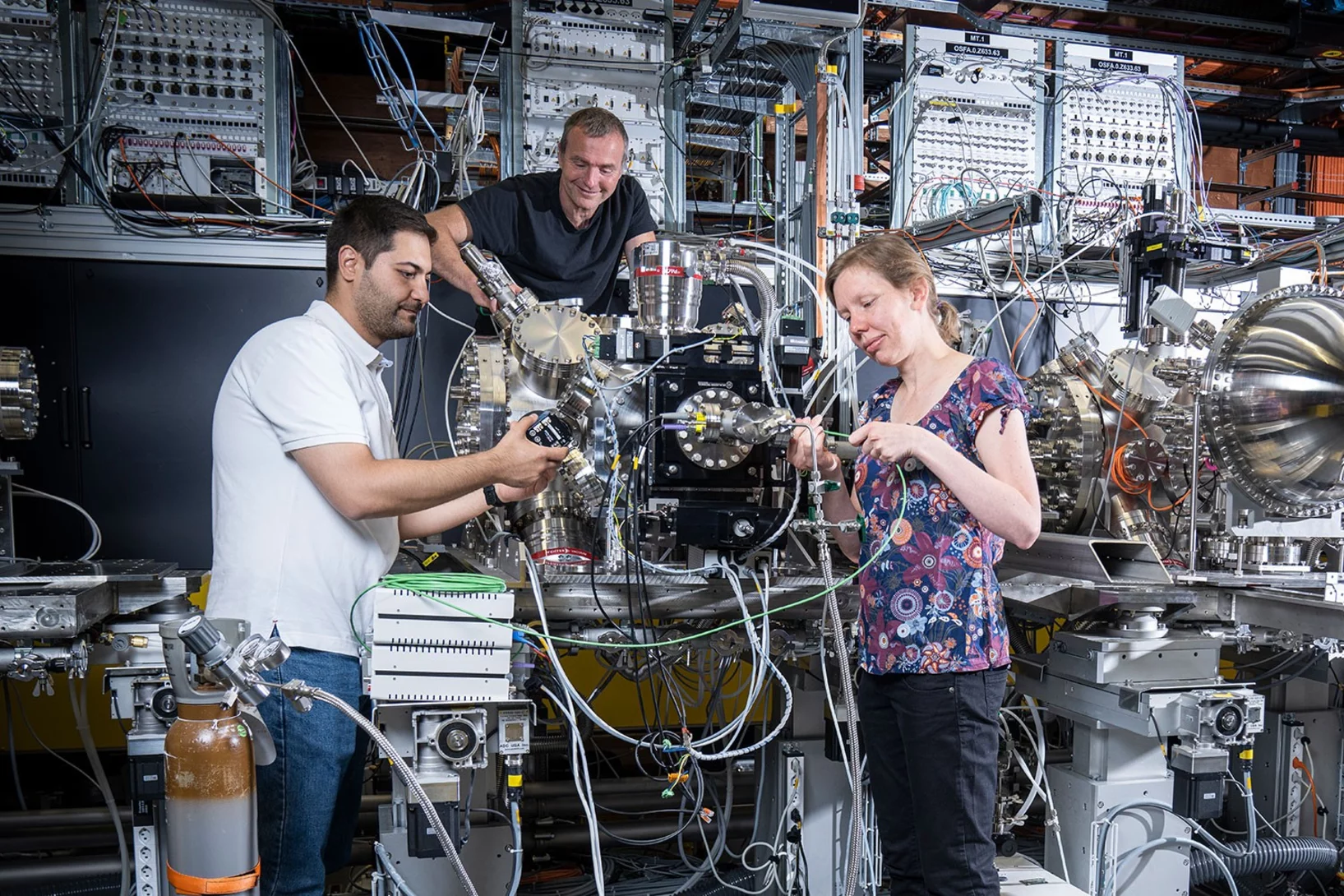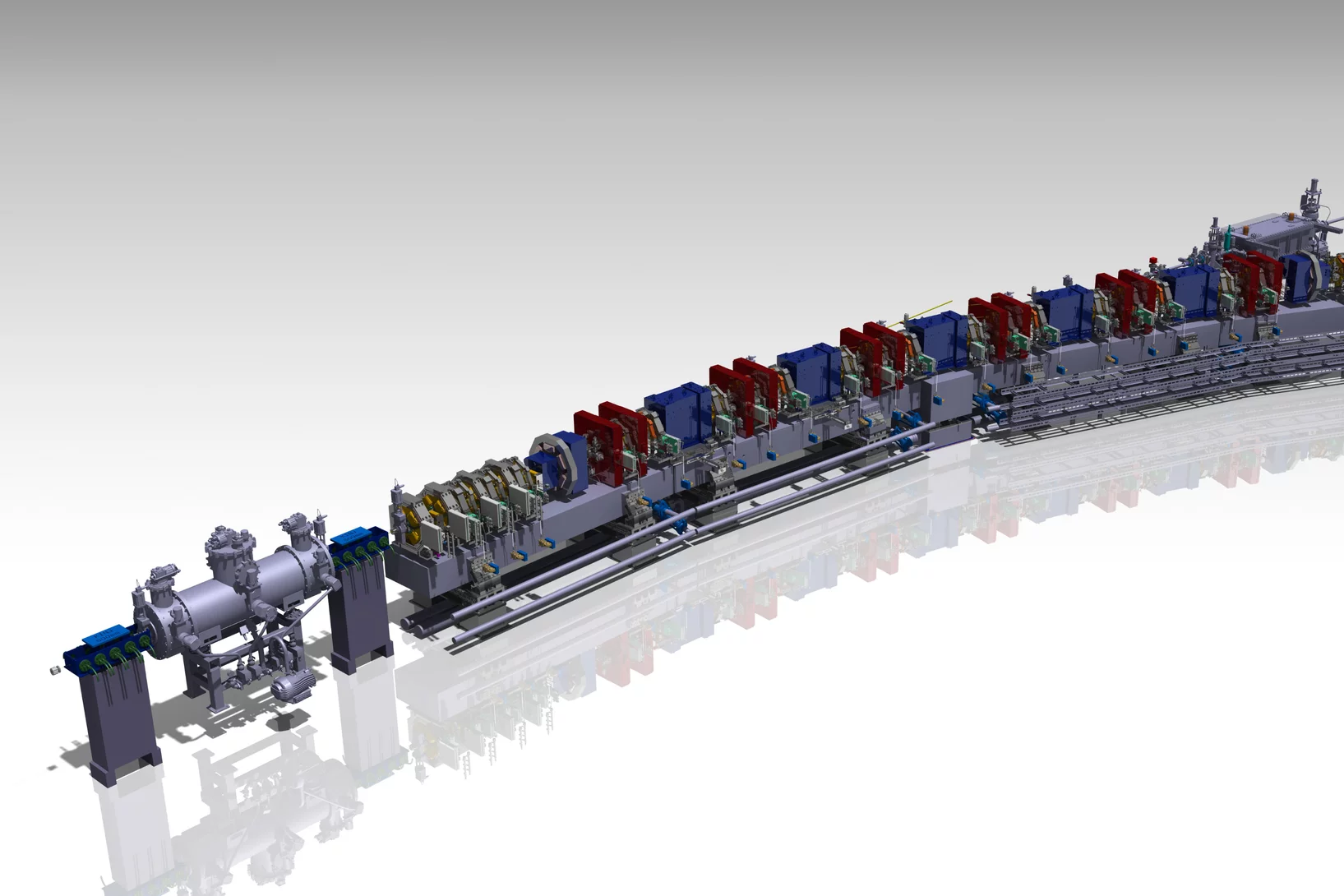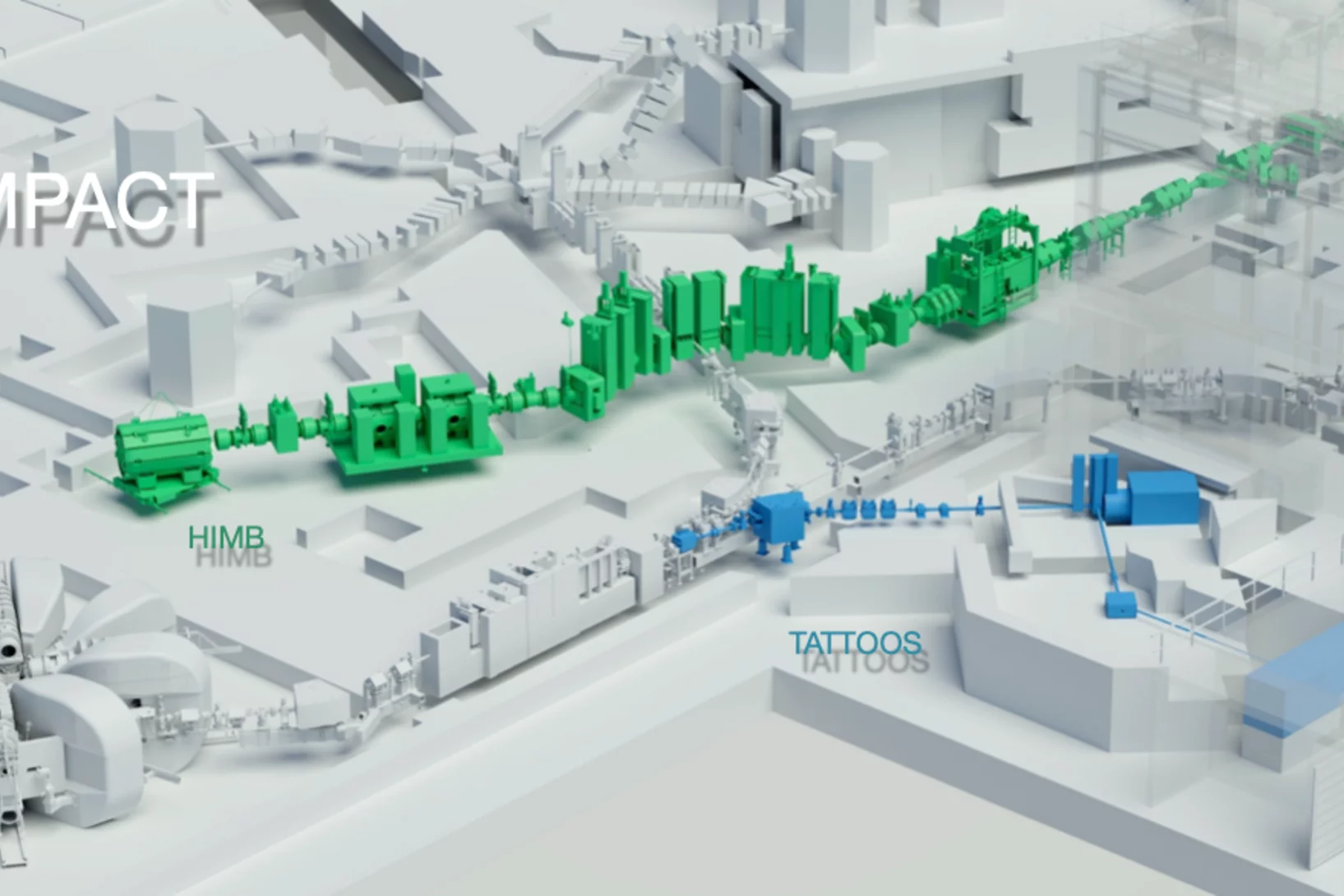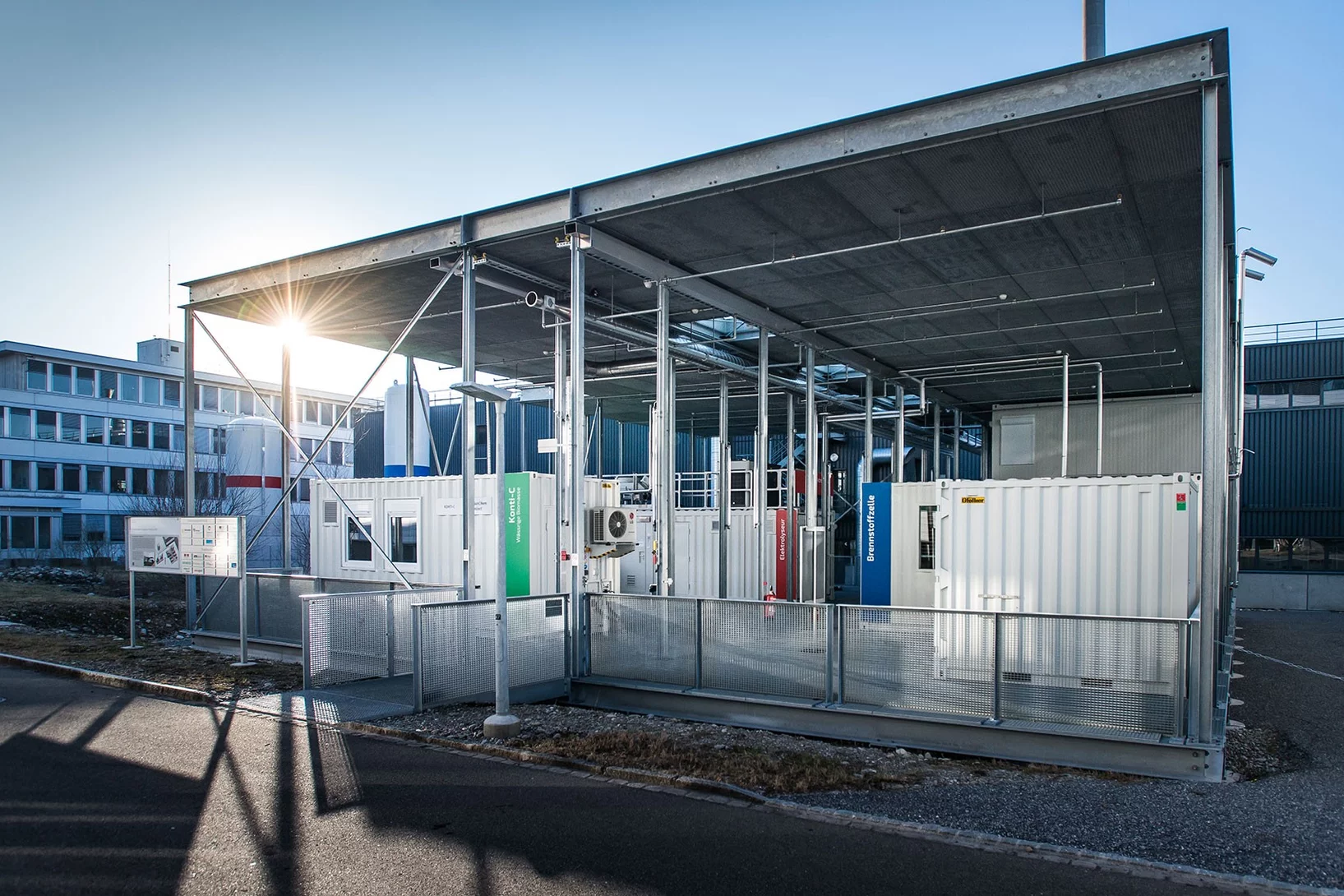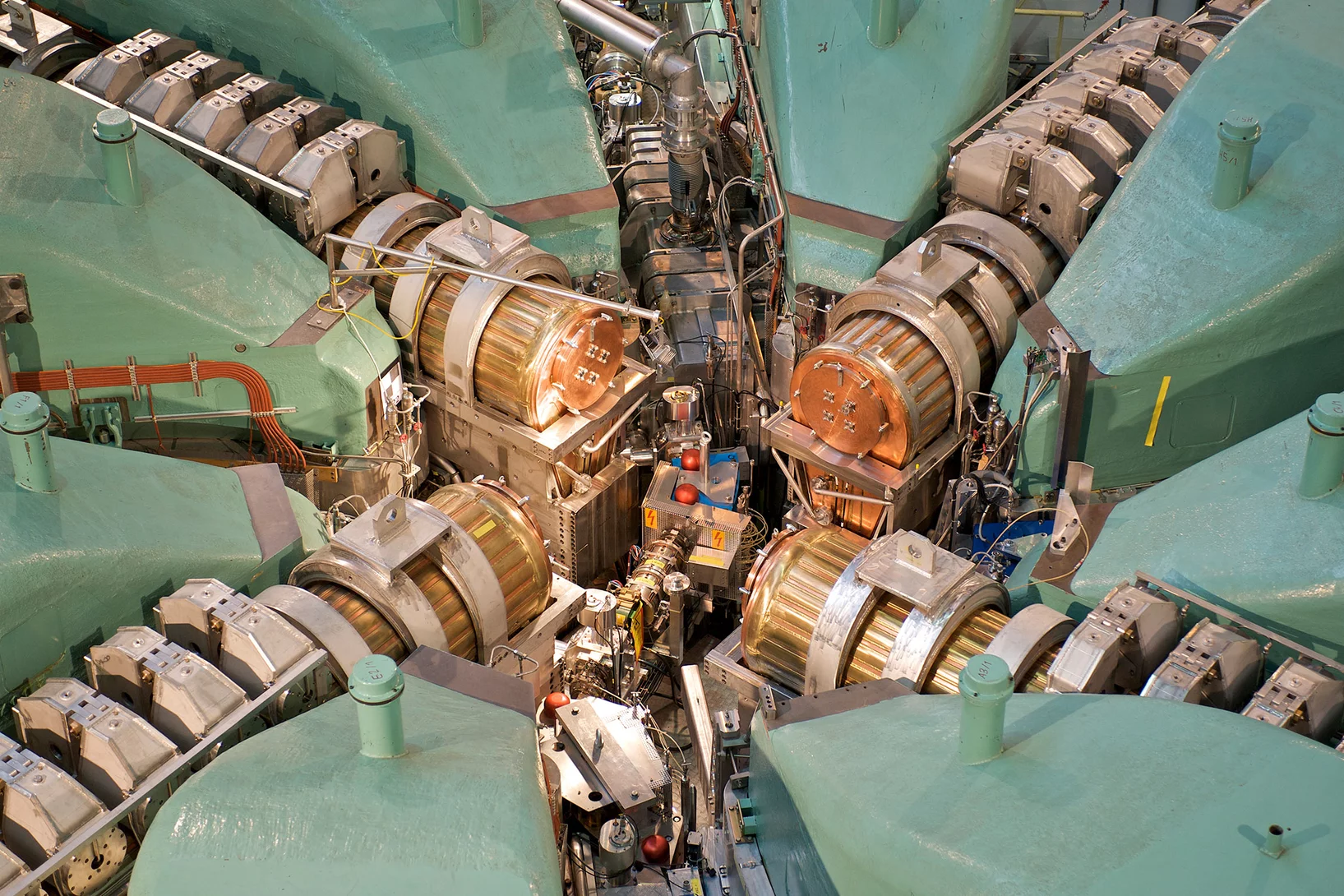Das PSI bietet mit seiner weltweit einmaligen Forschungsinfrastruktur einzigartige Möglichkeiten für die nationale und internationale Spitzenforschung.
Die Forschungsschwerpunkte des PSI
Aktuelle Highlights aus unserer Forschung
Schadstoffe entstehen oft erst in der Luft
Forschende des PSI haben im CLOUD-Experiment am CERN mit nie da gewesener Präzision gemessen, wie sich organische Luftschadstoffe bilden und verteilen.
Meilenstein der Superlative
PSI-Spin-off Araris Biotech AG erreicht Bewertung auf Unicorn-Level!
Wie Botox in unsere Zellen gelangt
Forschende des PSI haben molekulare Strukturänderungen des bakteriellen Nervengifts Botox identifiziert, die wichtig für die Aufnahme in Nervenzellen sind. Künftig könnte das gezieltere Einsätze von Botox in der Medizin erlauben.
Möchten Sie unsere Anlagen für Ihre Forschung nutzen?
Erfahren Sie mehr über unsere Grossforschungsanlagen und weiteren Forschungseinrichtungen.
PSI Center & Labs
Unsere Forschungs- und Servicezentren betreiben international anerkannte Spitzenforschung in den Natur- und Ingenieurwissenschaften und stellen der Wissenschaft wie auch der Industrie hochkomplexe Grossforschungsanlagen für eigene Forschungsvorhaben zur Verfügung.
Scientific Highlights aus unseren Centren
Water gets in shape for VUV absorption
Nanometre‑thin, free‑flowing liquid sheets now let Swiss Light Source users record pristine VUV absorption spectra of water, and soon any solvent.
Texture analysis implementation at the neutron strain diffractometer POLDI
This study presents the implementation of a novel data analysis methodology to perform spatially resolved crystallographic texture analyses in bulk specimens at POLDI, the pulsed frame overlap diffractometer at SINQ, Paul Scherrer Institute. The method is based on the determination of several incomplete pole figures. To increase the angular resolution, the POLDI diffraction bank is split into several virtual units of smaller angular coverage. The diffraction data of each virtual unit can then be analyzed individually and used to create experimental pole figures from the Euler angles of the explored sample orientations. Additionally, to help the analyses, a new numerical tool was developed and implemented at POLDI to calculate neutron flight path of each virtual detector as a function of sample size, geometry, and orientation. Leveraging on the SALOME platform’s Geom module (open-source CAD modeler), the tool allows inserting CAD objects into a virtual detailed PODI geometry. This allows to automate sample positioning and orientation within the instrument frame and computes flight path intersections. It serves two main purposes: enhancing texture analysis through precise path calculations and aiding experimental design by visually evaluating orientation feasibility and estimating counting times. Finally, to complete the analysis path from the experiments to the results, the experimental and numerical evaluations are processed together with POLTex (MATLAB-based toolbox) to obtain the orientation distribution functions. To demonstrate the analysis routine, the crystallographic texture of an additively manufactured steel sample and Zircaloy-4 sample were characterized.
Mapping crystallite orientation in bulk polycrystals
A new experimental technique allows the orientation distribution of small-grained polycrystal materials to me mapped in 3D.

